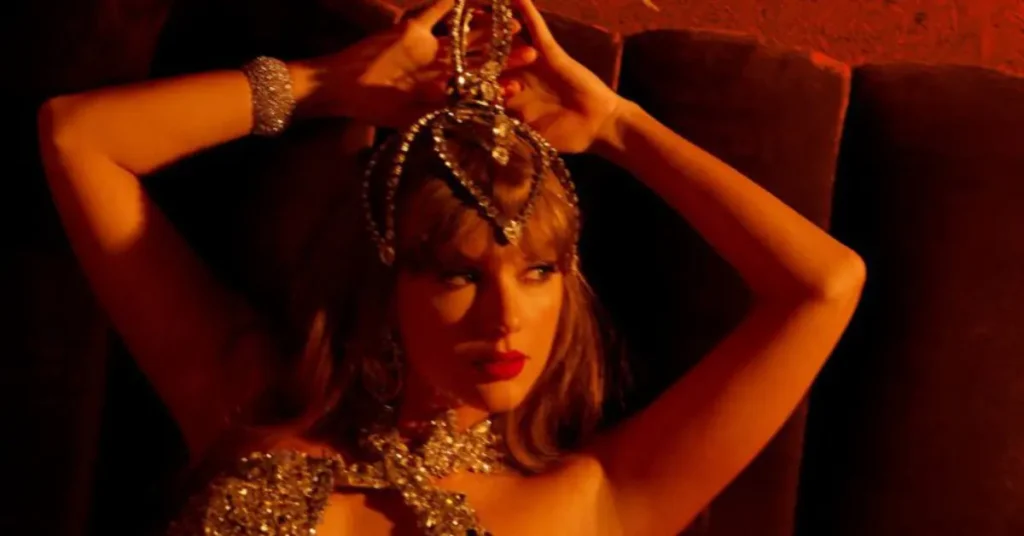In under 12 hours, Taylor Swift’s 12th studio LP became 2025’s most-streamed album in a single day on Spotify — a reminder that Swift’s releases are cultural events, not just records.

Taylor Swift didn’t just drop an album Friday — she detonated a moment. Less than half a day after midnight, The Life of a Showgirl had already claimed the title of the biggest single-day Spotify streaming debut of 2025 so far.
For anyone who’s followed Swift’s playbook, this is less a surprise than confirmation: she’s turned the modern album release into an art form that mixes music, collectability, and spectacle.
Let’s be blunt: numbers alone don’t capture why Swift’s releases matter. Sure, Spotify’s early confirmation and the headline-grabbing pre-save tally — which topped millions before the first note hit the public — are proof of muscle.
But the real story is how Swift has engineered a global ritual around new music. From multiple vinyl variants and merch drops to carefully revealed collaborators and Easter eggs for superfans, each release invites fandom to become participation. That’s why streaming spikes are only part of the picture; physical sales, social media buzz, and ticket demand all spike too.
Remember last year’s The Tortured Poets Department? It opened with massive first-week units, with physical formats accounting for a huge slice. If history repeats — and Swift’s team has shown they can reliably replicate these surges — Showgirl is likely to dominate both streaming charts and record-store shelves.
In a music economy where playlists and algorithmic discovery often flatten album launches, Swift still moves stacks of vinyl like a legacy superstar and a modern marketer in one.
Musically, The Life of a Showgirl reunites Swift with heavyweight pop architects Max Martin and Shellback — names tied to some of her biggest chart hits. That pairing signals an intentional bridge between Swift’s pop instincts and whatever narrative frame she’s chosen this time.
Collaborating with proven hitmakers says: expect catchy hooks, big choruses, and carefully polished production — things that translate extremely well to streaming metrics but also to radio and playlist placements.
There’s also context beyond the studio. This album follows major personal and professional milestones for Swift: reclaiming ownership of her earliest masters and the public announcement of her engagement. Those headline-making moments feed the conversation around her art, and in today’s attention economy, context is almost as valuable as content.
That said, it’s worth pausing on what these numbers mean culturally. Streaming records are headline fodder, but they also reflect a shift in how we consume star moments. Swift has engineered a system where fandom turns into concentrated listening events: midnight plays, coordinated purchases, and social-media amplifiers.
It’s brilliant, and a little eerie — a reminder that modern pop success increasingly depends as much on narrative control and fan mobilization as on songwriting alone.
My take? Swift remains unmatched at turning music into a communal event without sacrificing musical ambition. She’s both an artist and a strategist, and that dual role has reshaped expectations for pop releases. Critics may debate the merits of hyper-collectible album eras or the ethics of streaming pressure, but the results are indisputable: when Taylor moves, the industry follows.
Expect more detailed streaming and sales figures to surface over the next several days, and watch how Showgirl performs across charts, formats, and countries.
But already, this release reads like another definitive Swift era — full of craft, commerce, and the kind of cultural gravity that few artists generate today.











